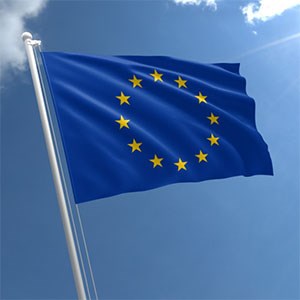Contact
lars-erik.lindell@slu.se, +46 18 67 2291, +46 70-3892291

Public-Public Partnerships, briefly referred to as "P2Ps", are European networks where national research funders come together to support research in specific thematic areas through joint calls. In Sweden, Formas, the Swedish Research Council and Forte are regular funders in various P2P networks. Currently, there are around one hundred active P2Ps operating in many different focus areas, including for example EraNet, EraNet +, EraNet Cofund, JPI, EPJ, Article 169 and Article 185. Under the Horizon Europe program period these will be supplemented with European Partnerships.
There are several different variants of P2Ps, but most of them display a comparable structure and use similar rules and guidelines.
P2P networks regularly launch calls in prioritized thematic areas, where universities and other actors can apply for project grants. In most cases, these calls require that at least three partners from three different member countries (members of that particular network) cooperate, often also with an involvement of business partners. The participating research funders, e.g. Formas, only finances its own (Swedish) partners, while funders from the other countries finance their partners. The applications are evaluated centrally, but in addition, the individual funders may also perform their own evaluations and have the right to reject parts of an application.
Normally, the need for co-funding in a P2P-project depends on the rules of the national funder and may therefore vary. This means that if Formas is the Swedish funder, the part of the grant that is awarded to Swedish partners will follow the usual Formas rules, with full cost coverage. However, some networks have different financing rules. Note that this means that partners from different countries may have different financial conditions in the same project, and that it is therefore important that everyone take responsibility for their own project budget.
Most P2P networks use their own application systems, where templates for the application and budget can be downloaded and where the application is submitted. Most calls are evaluated in a two-step process, where step 1 is highly simplified, requiring only information about the composition of the consortium and a short version of the project description (usually 5-10 pages). In Step 1, the evaluation has the purpose of ensuring that all formal requirements are met and that the project description is in line with the priority areas of the network and the call. Those approved in step 1 are then invited to submit a complete application, which is evaluated in Step 2.
Please contact the Financial Officer/Administrator at your department for support with making the budget for your P2P project in the SLU project calculator. Grants Office is happy to provide general advice to coordinating researchers and in some cases support SLU coordinators in Step 2.
The project coordinator is responsible for all reporting to the network's administrative office. In addition, each partner needs to submit reports to its national funder, for example Formas or the Swedish Research Council, commonly after the end of the project (however, the requirements may vary and must be checked for each individual case).
lars-erik.lindell@slu.se, +46 18 67 2291, +46 70-3892291
ERA-LEARN: webpage about EraNets etc.